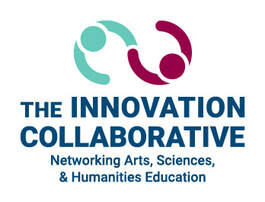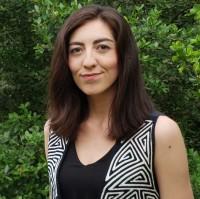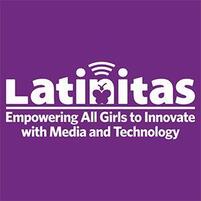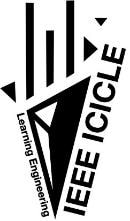 Learning Engineering: Supporting Education Contributor: Michael Jay, Collaborative Board Member While the Innovation Collaborative is thoughtfully developing transdisciplinary curriculum and activities, the discipline of learning engineering is emerging to address the larger question of how we design, develop, research, and iterate learning experiences. Learning engineering also can contribute to transdisciplinary learning. The learning engineering initiative making great strides is ICICLE (Industry Connections Industry Consortium on Learning Engineering). A part of the Institute of Electrical and Electronics Engineers (IEEE), ICICLE is in its fifth year. Learning Engineering, as defined by ICICLE, “is a process and practice that applies the learning sciences using human-centered engineering design methodologies and data-informed decision-making to support learners and their development.” This work can be applied in K-12, out-of-school, and higher education environments. Learning engineering is especially applicable to curriculum development and data collection. It brings together what is known about how people learn with data, informed by engineering processes. This, in turn, generates quality learning experiences that benefit from successive improvement. ICICLE had its annual meeting this year at MIT where a book, The Learning Engineering Toolkit (2022 Routledge), written by many of ICICLE’s active members and edited by Jim Goodell and Janet Kolodner, was released. Though the group has a monthly community call, the real work is done in the Special Interest Group (SIG) and Market Interest Group (MIG) meetings. The SIGs and MIGs include a Higher Education MIG, a Corporate MIG, a Tools and Instrumentation SIG, a Curriculum and Competencies SIG, and many more. It is in these smaller groups where the real work of the initiative is accomplished and most relationships are built. ICICLE is open to participation by IEEE members and non-members alike. You can find out more at the ICICLE website (https://sagroups.ieee.org/icicle/) where you also can sign up to participate and /or to receive information about the work and meetings of Consortium (http://eepurl.com/diEG21). Innovation Collaborative board member, Michael Jay, is serving his third year as ICICLE chair. 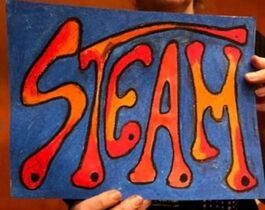 Just STEAMagine! Contributor: Merrie Koester, Collaborative Advisory Council member It is important to foster in students who feel alienated in science and engineering environments the rich creative and imaginative natures of these fields. A paper I presented at a past annual meeting of the American Educational Research Association addresses this. Entitled “Imagination and the Arts as Antidotes for STEM Education Malaise and Alienation"’, my talk was part of a session entitled Eisner in Mind: Fresh Perspectives on Inquiry and Education. What I knew first-hand from decades of teaching science to students who also struggle to read: When achieving science literacy depends primarily on reading and listening fluency, there can be break-downs in the processes of communication and meaning making that lead to student shut-downs and alienation. By contrast, leading arts education scholar Elliot Eisner called for more enlightened curriculum practices that use resources from the arts and literature to help children understand what isn’t revealed in any text. He actively called for university professors and researchers to go into classrooms to discern those ‘qualities’ which characterized artistic forms of teaching and multiple ways of knowing and being human and then to re-present their data in ways that authentically and evocatively captured the complexity of classroom interactions. Additionally, scholar Eve Tuck described a ‘desire-based’ framework for STEM education that does not position youth from non-dominant communities as in need of repair, but rather foregrounds these same youth as resources of social transformation. Models for meaningful, culturally responsive ‘STEM-Rich Making’ in afterschool settings also are emerging, as well as scholars’ increasing calls for developing a ‘maker attitude’ in the school science classroom. All these strategies can help move previously alienated students toward an appreciation of and an affinity for the naturally creative and imaginative nature of science and engineering practices By James Lee from Chester, NH, USA - 2010 08 13 star trail, CC BY 2.0, https://commons.wikimedia.org/w/index.php?curid=30064009 See Cool Images of Space and Earth Phenomena Want to see amazing images of star trails, airglow, and an Earth-bound thunderstorm’s lightning flashes – from outer space? Taken by NASA astronaut and astrophotographer Donald Pettit during a previous mission to the International Space Station, these images integrate the scientific phenomena with inspiring visual imagery.  Visual Art Communicates Scientific Research The Artist + Researcher Exhibition in downtown Phoenix explains complex scientific research through an art exhibition. This project pairs university science researchers who develop concepts that are often difficult for the layman to grasp with artists. The artist uses visual art to explain these scientific concepts and to make them much more approachable, understandable, and relatable. The researchers are from Arizona’s three public universities. 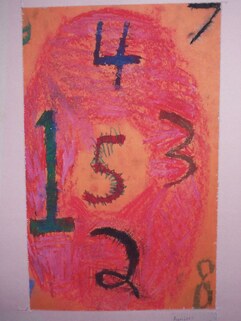 STEAM Dissertation A recent doctoral dissertation in educational leadership examined STEAM from the perspective of what defines a STEAM school – its instructional, organizational, and cultural practices. Developed by David Holt, EdD, at California State Polytechnic University, the dissertation developed guidelines for school leaders to use in developing effective STEAM programs. The findings include the importance of art education, teacher professional development, project-based learning, development of the school community, and removing barriers. For more information, contact David Holt at drholt@cpp.edu.
0 Comments
Your comment will be posted after it is approved.
Leave a Reply. |
